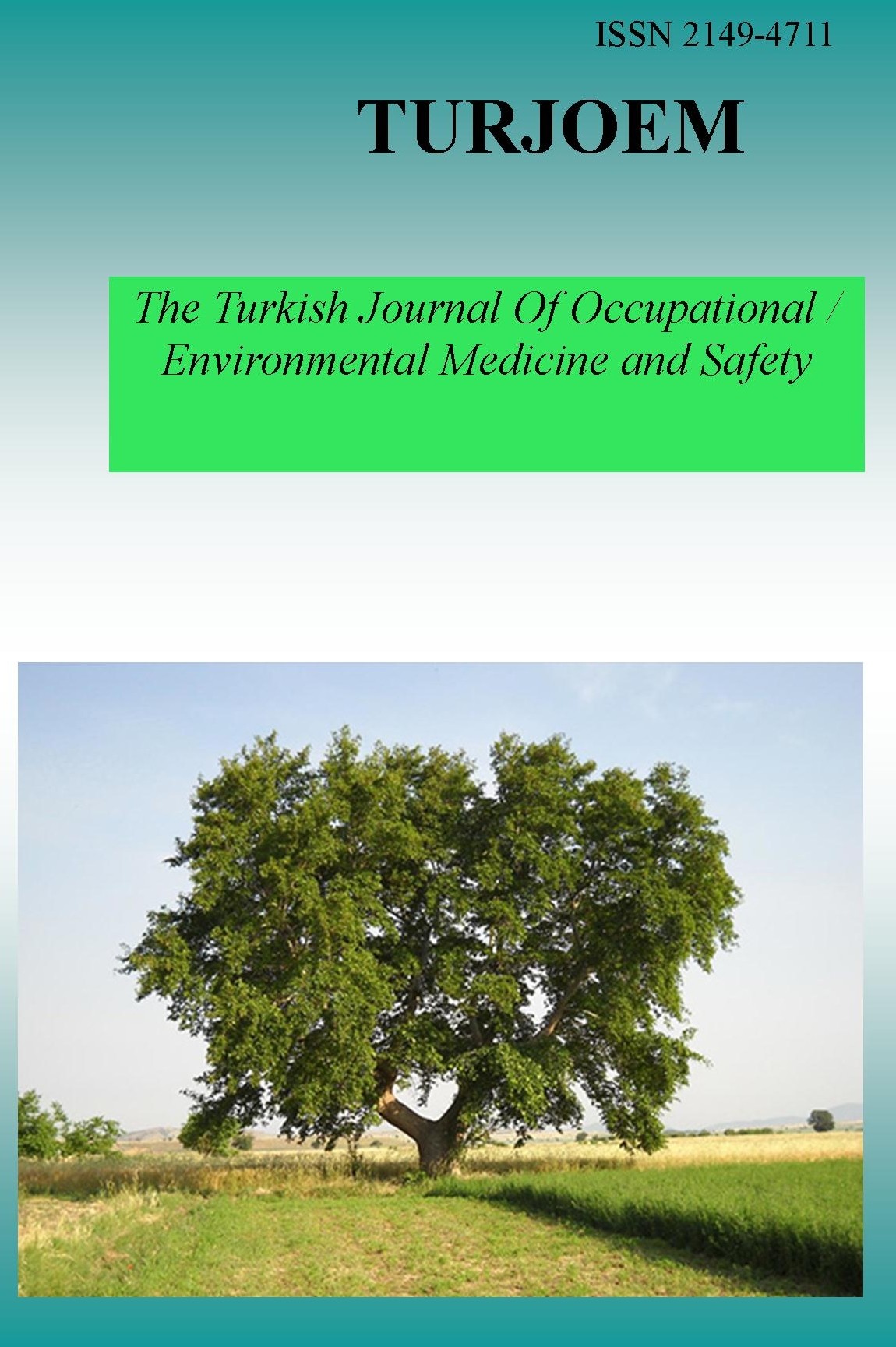FORENSIC DEVELOPMENT AND CONTRIBUTION OF TAIWAN
FORENSIC DEVELOPMENT AND CONTRIBUTION OF TAIWAN
___
- Chang En PU Director of Forensic Science Division, the Investigation Bureau of the Ministry of Justice, Taiwan
- ISSN: 2149-4711
- Başlangıç: 2015
- Yayıncı: Engin TUTKUN
. TBARS, SH AND NITRIC OXIDE LEVELS IN MALE WORKERS WITH OCCUPATIONAL LEAD EXPOSURE
Gülsen YILMAZ, Hatice SÜRER, Elmas ÖĞÜŞ, Engin TUTKUN, Hınç YILMAZ, Fatma Meriç YILMAZ
CORRELATION OF LUNG DYSFUNCTION ANDSERUMCADMIUM AND LEAD LEVELS AMONG WELDERS
S.p. CETINTEPE, M. E. ALAGUNEY, D. WILSON, M. GUNDUZOZ, C. BAL, O. H. YILMAZ, S. B. IRITAS, E. TUTKUN, Eun-kee PARK
Cd AND PCBs AS THYROID DISRUPTORS: POSSIBLE MECHANISMS OF THEIR TOXICITY AND INTERACTIONS
Vesna MATOVIC, Aleksandra BUHA
QUANTITATIVE DETERMINATION OF SERUM CLOMIPRAMINE BY TANDEM MASS SPECTROMETRY
Abdullah SIVRIKAYA, Ali UNLU, Sedat ABUSOGLU
Cansu AKBULUT, Büşra FİDAN, Mustafa ZENGİN, Nazan Deniz YÖN
THE PROTECTIVE ROLE OF ERDOSTEINE AGAINST CYCLOSPORINE A- INDUCED TESTICULAR TOXICITY
Emel NACAR, Zafer SAK, Sedat MOTOR, Ahmet Burak GURPİNAR, Hasret ECEVİT, Nebahat Kaplan SEFİL, Oktay Hasan OZTURK
METHOD EVALUATION OF EUREKA LABDIVISON’S DRUGS OF ABUSE IN URINE BY LC/MS KIT
THE EXPRESSION OF CYP1A1 AND CYP1B1 ISOENZYMES IN BREAST CANCER, IN RELATION TO CHEMOTHERAPY
Arzu Kaya KOÇDOĞAN, Serpil OĞUZTÜZÜN, Emine BENZER, Murat KILIÇ, Gülay DILEK, Yavuz Selim KAHRAMAN, Mehmet Ali GÜLÇELIK
